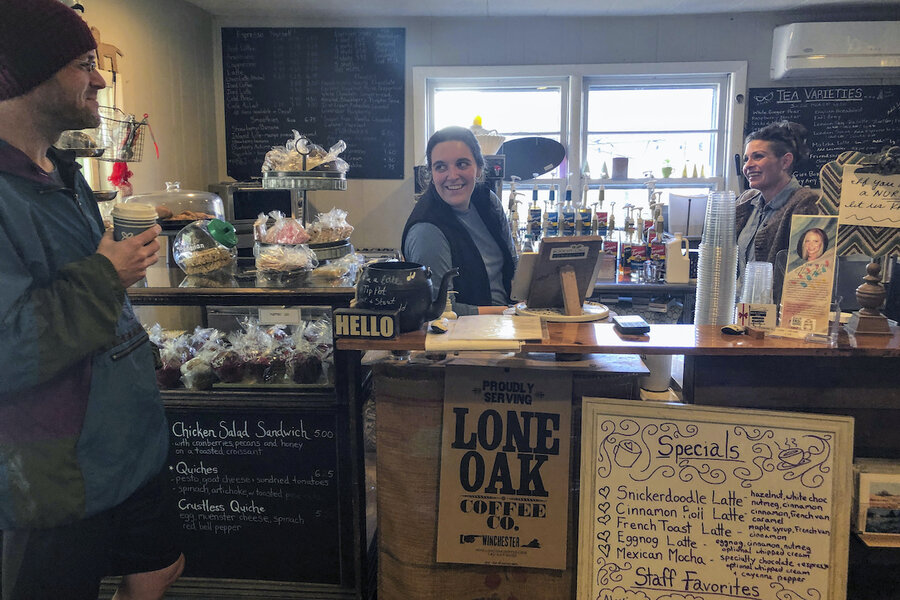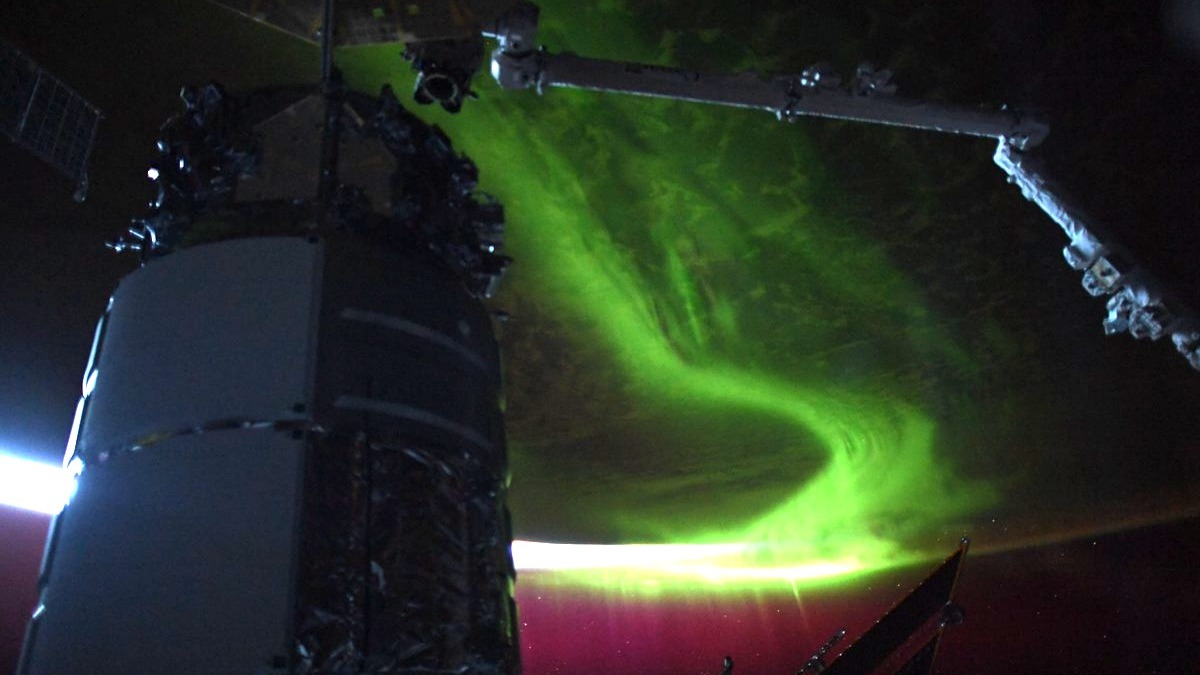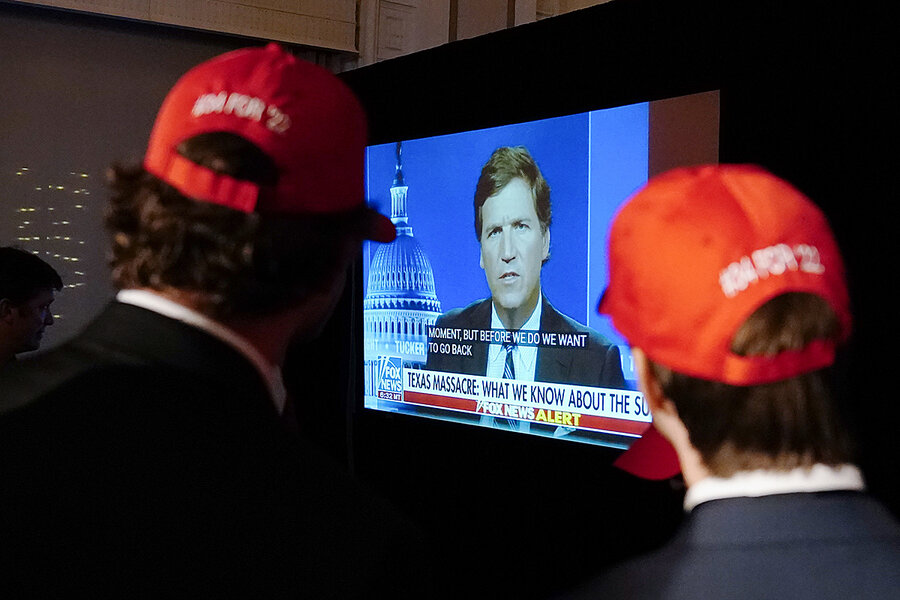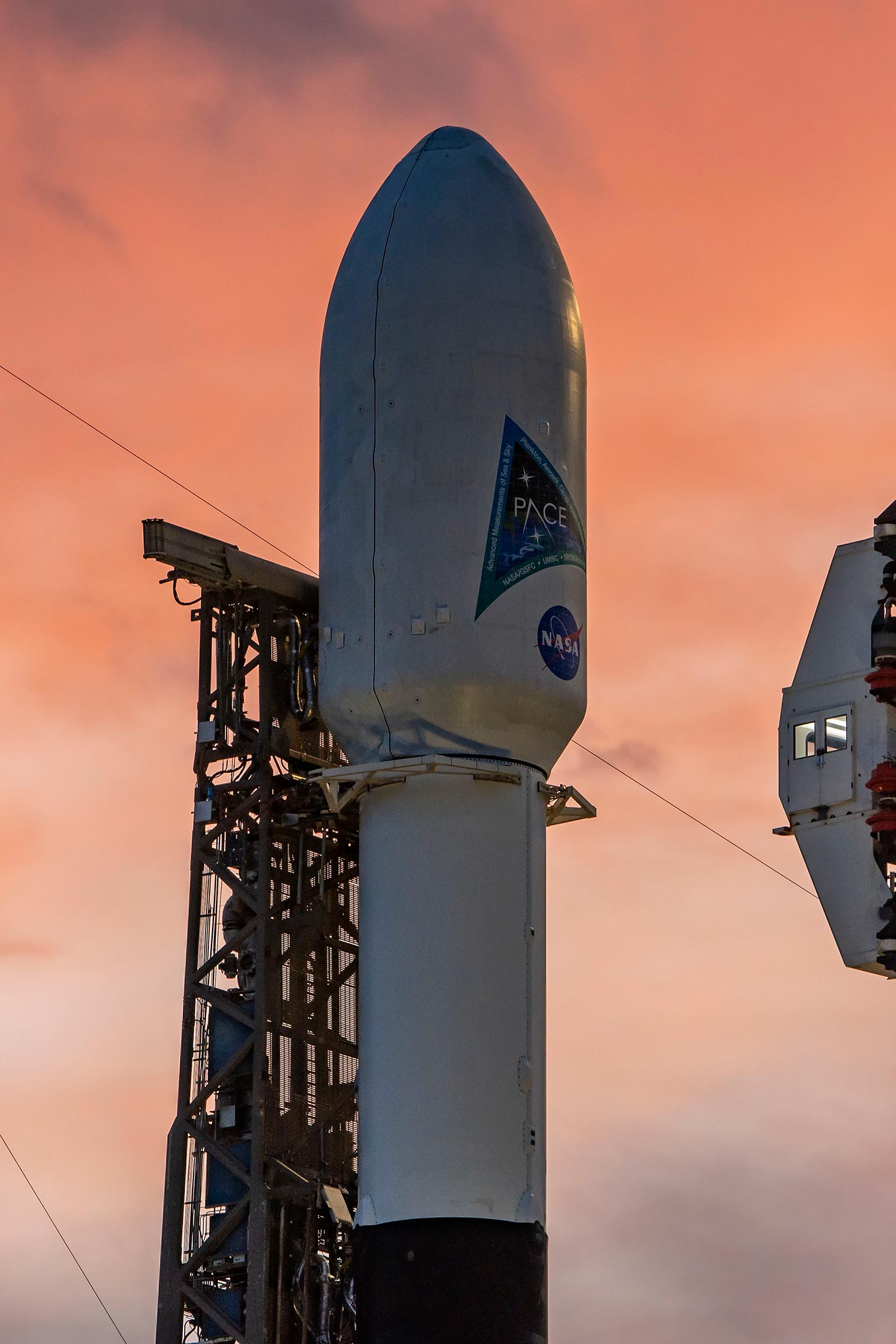Here’s one thing that’s not in dispute about Alex Garland’s new Civil War, his big-screen depiction of how an internal military conflict might unfold in a hopelessly divided America: For weeks now, it’s been scaring critics half to death.
They’ve written, for example, about feeling profoundly unsettled by the sight of combat troops laying waste to US cities. About feeling like this is how American might end. Civil War‘s fascist president who dissolved the FBI is meant to feel particularly nightmarish, compounding the horror of watching soldiers fire mortars from the rooftops of skyscrapers, bandits guarding gas stations, and tanks rumbling through the nation’s capital. It’s all so chilling, in other words, because to a certain kind of critic it’s as if the movie has held up a mirror to the fragile state of our union.
What surprised me the most after seeing the highly-anticipated Civil War, though, is how I didn’t feel much of anything at all after it was over. Except for one scene, I never found myself scared or afraid that this is what we’re on the road to becoming. As a matter of fact, I actually left feeling like all the marketing and certainly a great many of the reviews and commentary were meant for some other movie than the one I saw.

Based on the trailer, for example, you’d be forgiven for expecting Civil War to be some kind of cautionary tale about the consequences of an unfettered strongman presidency, and how easy it would be for rage and division to split the country into warring factions. When, in point of fact, the movie is mostly an abstract combat thriller and a road movie about war journalists. No exploration or consideration is given to who’s fighting, or why.
And therein lies my chief complaint. To a certain extent, I do understand why Garland didn’t want to ground Civil War in specificity. Make it too of-the-moment, and it risks becoming an afterthought tomorrow. That’s why, for example, Nick Offerman’s president is not overtly Trumpian, and why the movie doesn’t get into any of the details behind why Texas and California have seceded. We don’t get to see any of the American institutions and norms come unglued on the road to a civil war, nor do we get a sense of how normal people would rationalize their decision to join this or that side in such a conflict.
I contend, however, that those specifics are everything.
Without that prelude, you’re just throwing something at viewers that we’ve seen a million times on screen already — opposing sides in a military conflict, blasting away at each other. Doing it this way, the way Garland has done in Civil War, is sort of like starting Breaking Bad when Walter White is already established as Heisenberg; without the slow transformation, without the gradual turn toward evil, all you’re left with is just Bad.
Some of the most horrific sequences in Civil War, like the secessionist Western Front forces executing captured prisoners on the spot, practically cry out for more of a fleshed-out backstory. Are we meant to believe that Americans already have a latent capacity of doing this to each other? Speaking of those executions, by the way, that reminds me of the only sequence in the movie that genuinely rattled me.
It’s the point when the movie’s coterie of journalists, hoping to make their way to Washington DC to interview the president, stumbles across a group of soldiers dumping bodies in a pit. Jesse Plemons as a sociopathic, rifle-toting racist wearing bright-red sunglasses and asking his captees “What kind of American are you” was one of the most unforgettable scenes in the film, for which credit should largely go to Plemons rather than the material itself.
He’s the kind of actor who can deliver a line that’s simultaneously nonchalant and terrifying, keeping you both riveted to the screen while desperately wanting to look away.
I guess I feel mostly let down by Civil War, largely because it manages to push buttons without saying much of anything profound. If anything, the movie’s message seems to be that an actual civil war would be pretty bad, because (get this!) a lot of Americans would die. And so I feel disappointed, because there was one opportunity after another to turn this into something more than a garden-variety disaster flick.
Sights like the hulking ruin of a burned-out helicopter in a JC Penney parking lot, snipers in ghillie suits locked in a standoff with a shooter inside a theme park, and open pits filled with civilian dead hint at what might happen were the country to actually rip itself apart. I would have been transfixed by that story, which is regrettably left untold here. There’s no big picture in Civil War. There’s no one to root for. No sides to understand. It’s warfare, frustratingly rendered in the form of a Mobius Strip — with no clear beginning or end.
“Nobody’s giving us orders, man,” one of the fighters in the theme park scene says to the journalists hunkered nearby. “Someone’s trying to kill us. And we are trying to kill them.”
Note: This article have been indexed to our site. We do not claim legitimacy, ownership or copyright of any of the content above. To see the article at original source Click Here












